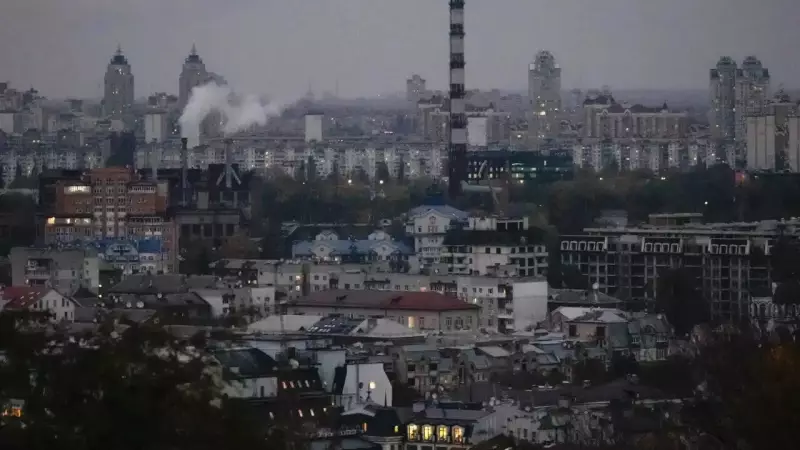
In a sobering development from the ongoing conflict, Ukrainian authorities have confirmed that Russia has returned the bodies of approximately 1,000 fallen soldiers in what marks one of the largest repatriation efforts since the war began.
The Coordination Headquarters for the Treatment of Prisoners of War disclosed this significant transfer, though specific details about when and where the exchange occurred remain limited due to security concerns.
Disturbing Revelations About the Fallen
Ukrainian officials revealed troubling information about the condition of the returned remains. According to their statements, many of the bodies showed signs that raised serious questions about their treatment.
Key findings from Ukrainian authorities include:
- Many soldiers died from what Ukrainian officials describe as "obvious violent deaths"
- Some bodies showed evidence of possible execution-style killings
- A significant number of the fallen were defenders from the ill-fated Azovstal plant in Mariupol
- The condition of remains varied considerably across the returned soldiers
Ongoing Identification Challenges
The process of identifying the returned soldiers presents enormous challenges for Ukrainian authorities. Forensic experts and medical teams are working tirelessly to establish the identities of the fallen heroes through various scientific methods.
"The work to identify all the bodies continues," stated Ukrainian officials, emphasizing the painstaking nature of this solemn duty toward the nation's defenders and their grieving families.
Broader Context of Exchanges
This massive repatriation occurs against the backdrop of continued prisoner exchanges between the warring nations. Just recently, Ukraine successfully brought home 90 of its soldiers from Russian captivity, demonstrating that diplomatic channels for such humanitarian exchanges remain active despite the ongoing hostilities.
The return of fallen soldiers' bodies represents a crucial aspect of wartime humanitarian efforts, providing closure to families and honoring the ultimate sacrifice made by those who defended their nation.
As the conflict continues to evolve, such exchanges, while somber, offer glimpses of ongoing communication between the adversaries and provide some measure of solace to affected communities across Ukraine.





